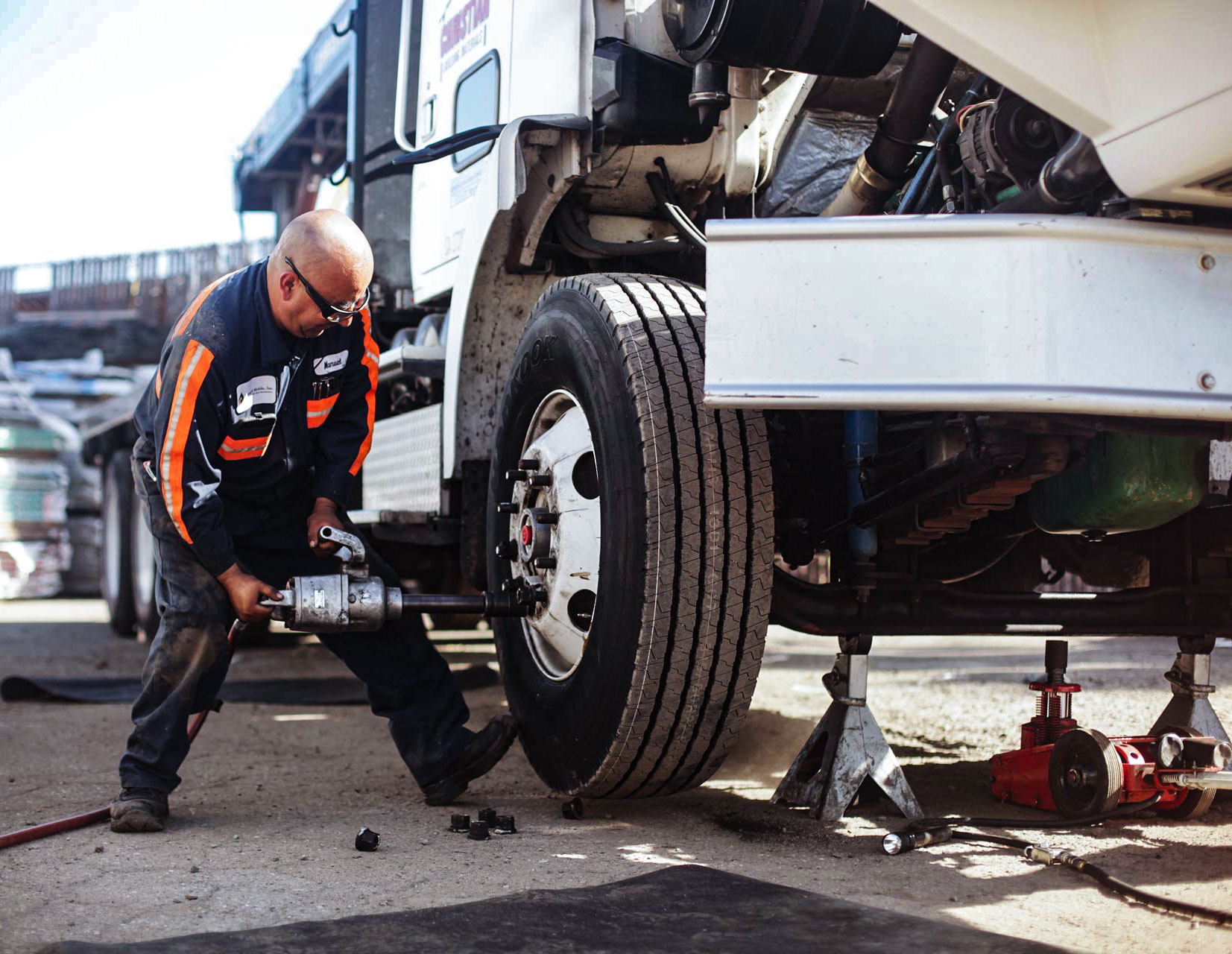Enhance Your Drive: Top-Notch GMC Tires Service at Morris Tires
Enhance Your Drive: Top-Notch GMC Tires Service at Morris Tires
Blog Article
Tire Service: The Impact of Climate Condition
When it comes to guaranteeing optimum efficiency and security when driving, understanding the influence of weather on tire solution is critical. From scorching heat to icy roads, each climate aspect can dramatically influence tire functionality and total driving experience. By diving right into the results of differing weather on tires, chauffeurs can obtain valuable insights that might improve their car's efficiency and durability. In this discussion, we will certainly explore the intricate relationship in between weather condition problems and tire service, losing light on the relevance of weather-specific tire maintenance methods and factors to consider.
Heat and Tire Efficiency
When revealed to high temperatures, tires experience modifications in performance that can substantially affect vehicle safety and security and handling. The heat created from extended driving or warm weather conditions triggers the tire rubber to soften, resulting in decreased tread life and boosted wear. As the rubber becomes softer, the tire's grip when driving reduces, affecting braking distances and general traction. In severe situations, extreme warm can also create tire blowouts, posing a serious safety risk to the automobile and its owners.

Winter Effects
Winter conditions can have a significant effect on tire efficiency and safety and security. As temperature levels drop, tire rubber can solidify, resulting in reduced grip on icy or snow-covered roads. In chilly climate, tires may also lose air stress more swiftly, which can impact taking care of and gas efficiency. Additionally, chilly temperature levels can trigger tire sidewalls to tense, raising the risk of damage from potholes or other roadway dangers.
To minimize the effects of cool climate on tires, it is vital to on a regular basis check tire stress and inflate them to the manufacturer's recommended degrees. Using wintertime or all-season tires made for winter problems can likewise boost traction and hold on icy or snowy roadways. Proper tire maintenance, consisting of normal evaluations for wear and damage, ends up being a lot more crucial during chillier months to make sure optimal efficiency and security.
Rainy Issues Impact
During rainy conditions, tire performance and safety can be significantly influenced by the damp roadway surface areas and minimized visibility. The walk pattern of tires plays a crucial role in preserving grip on wet roads. Tires with damaged footsteps are extra vulnerable to hydroplaning, where a layer of water develops in between the roadway and view the tire surface, causing loss of grip. To fight this, motorists need to on a regular basis inspect their tires for sufficient tread depth and take into consideration purchasing tires especially developed for damp conditions.
Furthermore, stormy weather condition can likewise lower exposure, making it challenging for chauffeurs to see the roadway in advance plainly (GMC Tire Service). In such conditions, it is necessary to adjust driving rates accordingly and preserve a risk-free following range to enable sudden quits. Correctly filled with air tires can likewise assist in keeping control on wet roads by supplying better handling and grip
Snow and Tire Safety And Security
When driving in snowy problems, having the appropriate tires can make a significant difference in security and efficiency. Winter season tires are developed with special rubber compounds and walk patterns to give far better traction on snow and ice compared to all-season tires.

It is crucial to adhere to maker instructions when mounting and utilizing tire chains to avoid damages to the tires and car. By choosing the right tires, keeping correct rising cost of living, and thinking about extra traction aids like tire chains, chauffeurs can boost their safety and security when browsing snow-covered roads.
Weather-Related Tire Upkeep
When encountered with different weather, appropriate tire maintenance ends up being an important facet of automobile safety and security and efficiency. Weather-related tire maintenance encompasses a variety of methods targeted at ensuring ideal tire function and durability in different weather condition circumstances. One essential facet of weather-related tire maintenance is tire stress policy. Varying temperatures can create tire pressure to vary, impacting traction and gas performance. On a regular basis readjusting and examining tire pressure according to manufacturer referrals is essential for safe driving in changing weather. Additionally, tire tread deepness plays a significant role in taking care of different weather components. Tires with appropriate step deepness provide better hold on damp or icy roads, minimizing the danger of skidding or hydroplaning. Evaluating tire walk frequently and replacing tires when walk wear reaches a particular depth is vital for maintaining grip and stability in negative weather. By prioritizing weather-related tire upkeep, motorists can boost security, boost vehicle efficiency, and prolong the life expectancy of their tires.
Verdict
To conclude, weather have a significant effect on tire efficiency and safety. From warm impacting tire stress and wear to winter reducing grip, it is necessary to consider the weather when preserving and making use of tires. Wet problems can decrease grip and result in hydroplaning, while snow can raise the threat of crashes if tires are not properly furnished. Weather-related tire maintenance is important in making sure optimum efficiency and safety and security when driving.
In this conversation, we will certainly check out the complex relationship in between weather condition problems and tire service, shedding light on the value of weather-specific tire upkeep practices and factors to consider.

Report this page